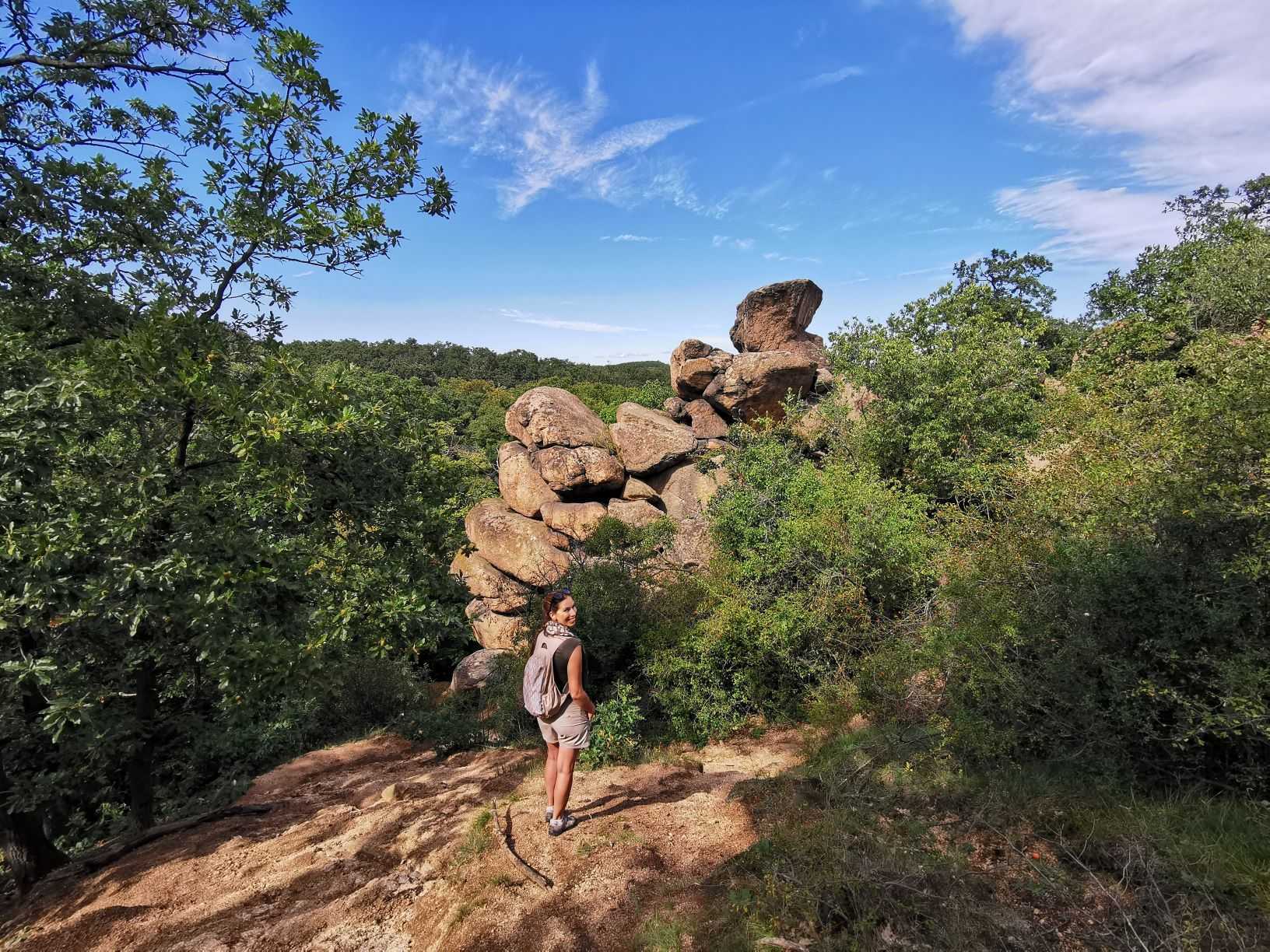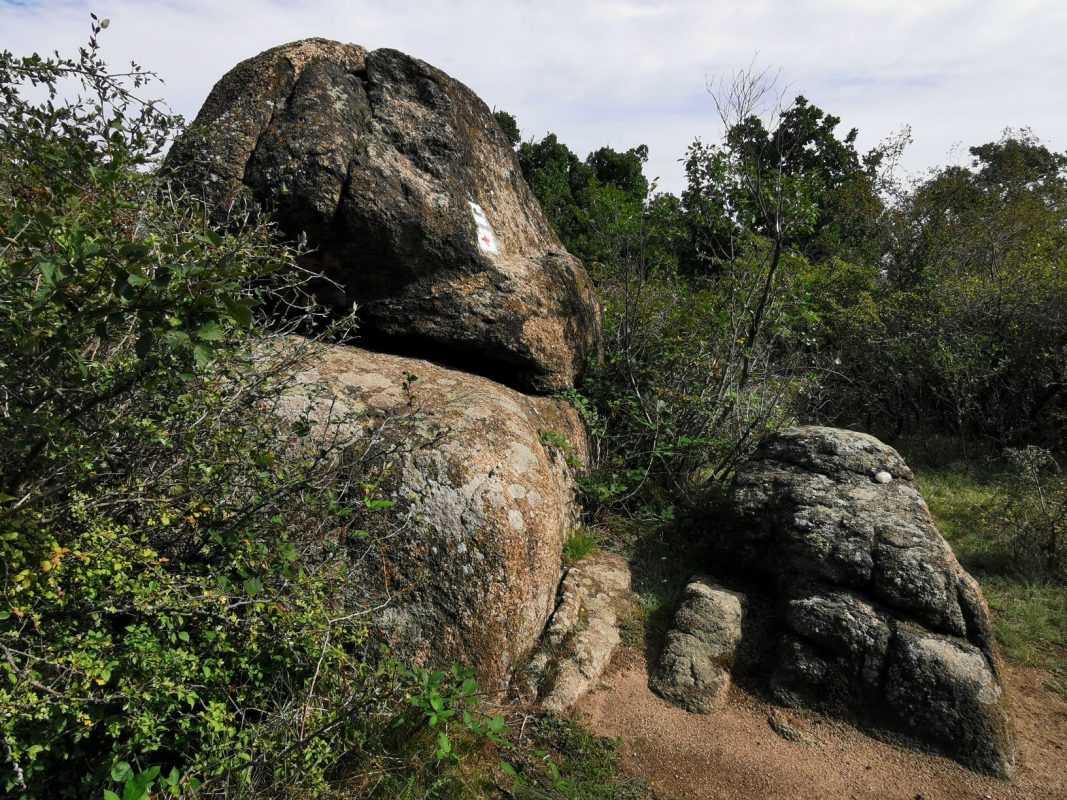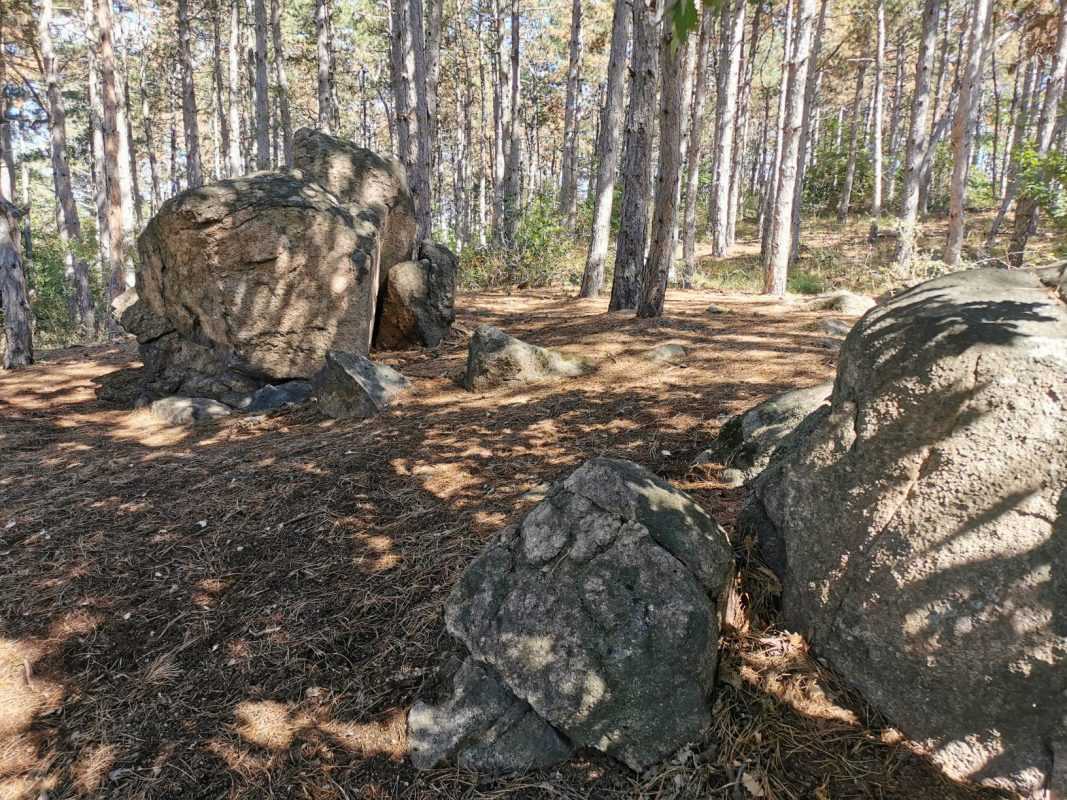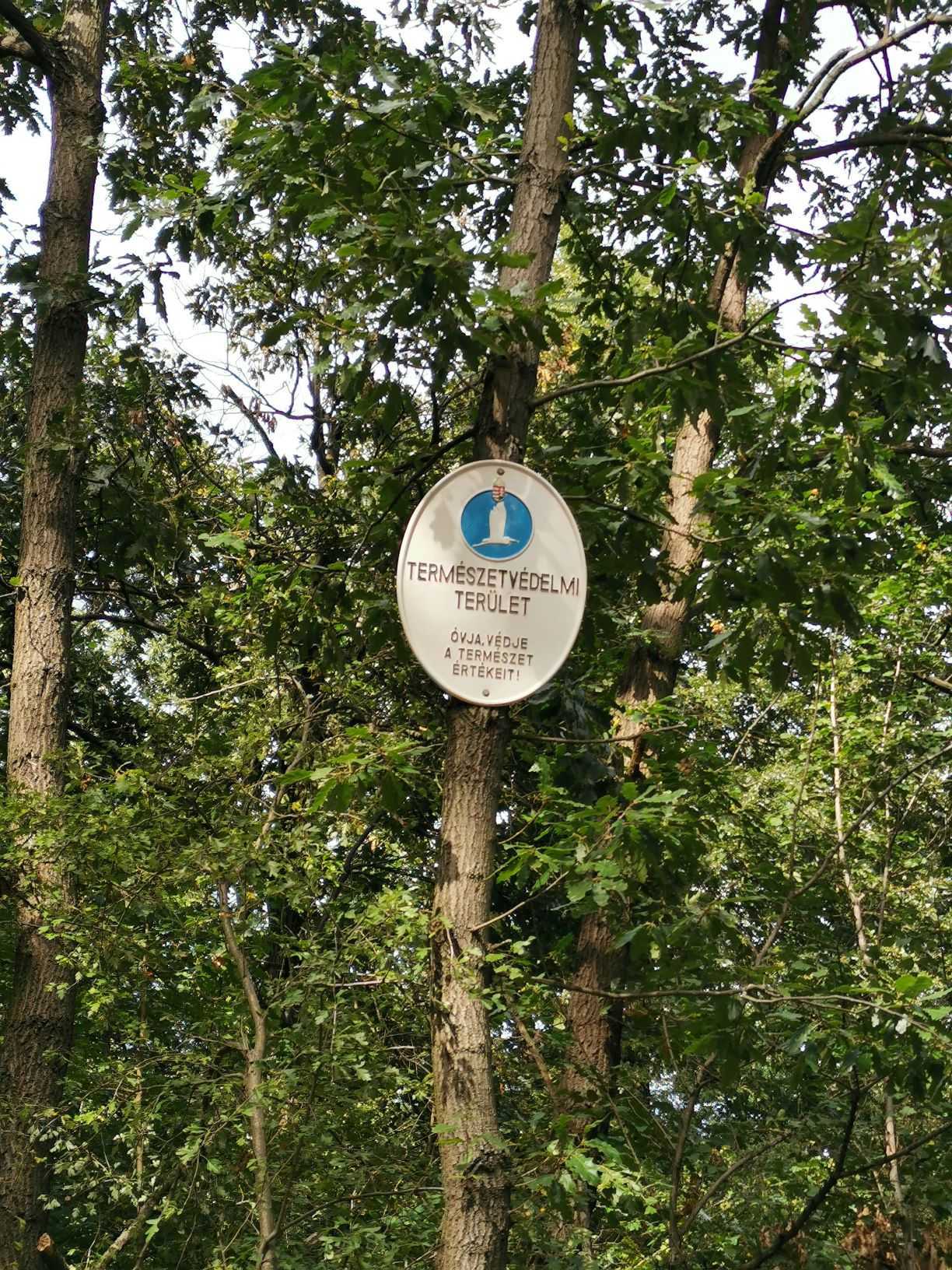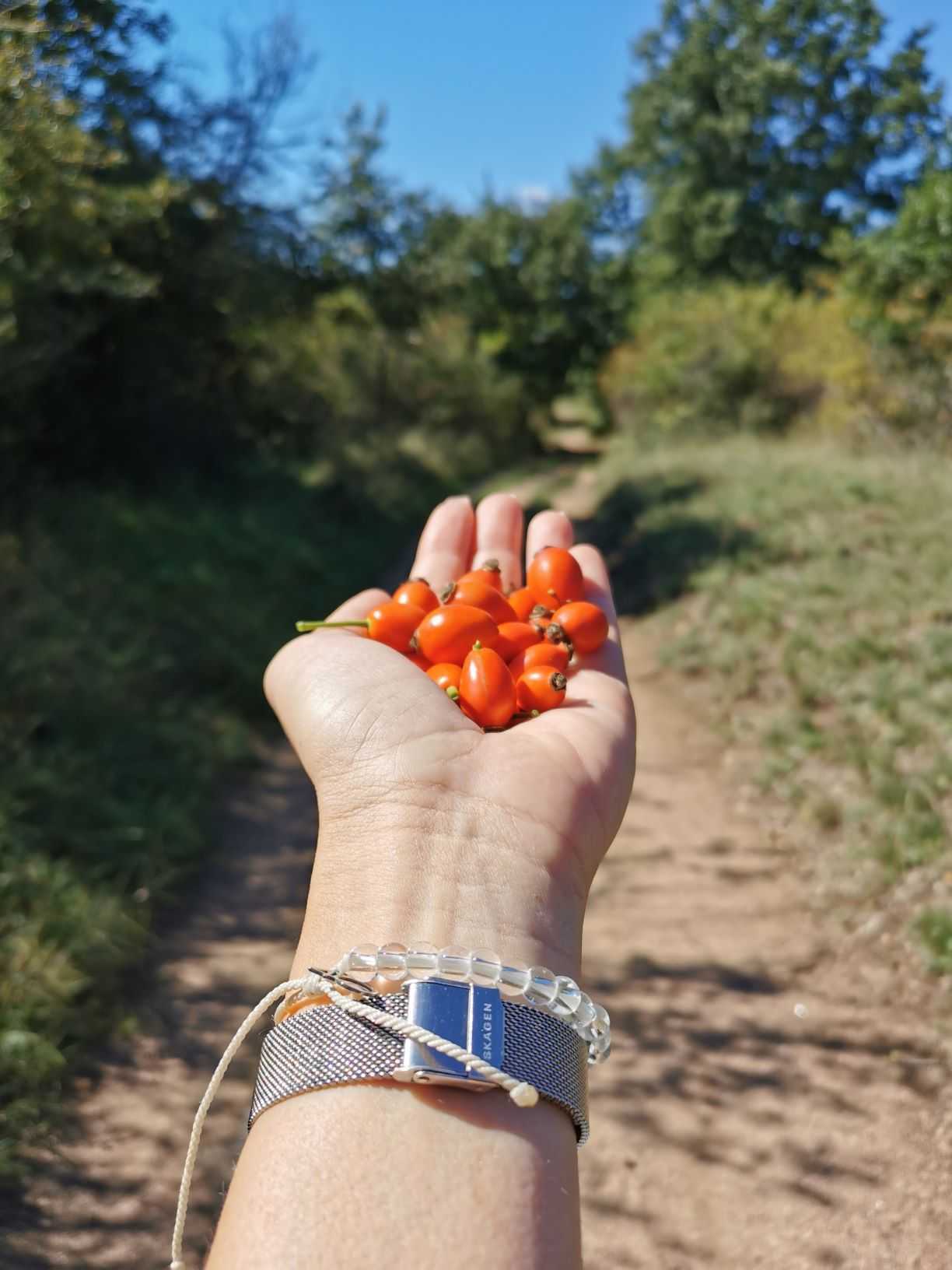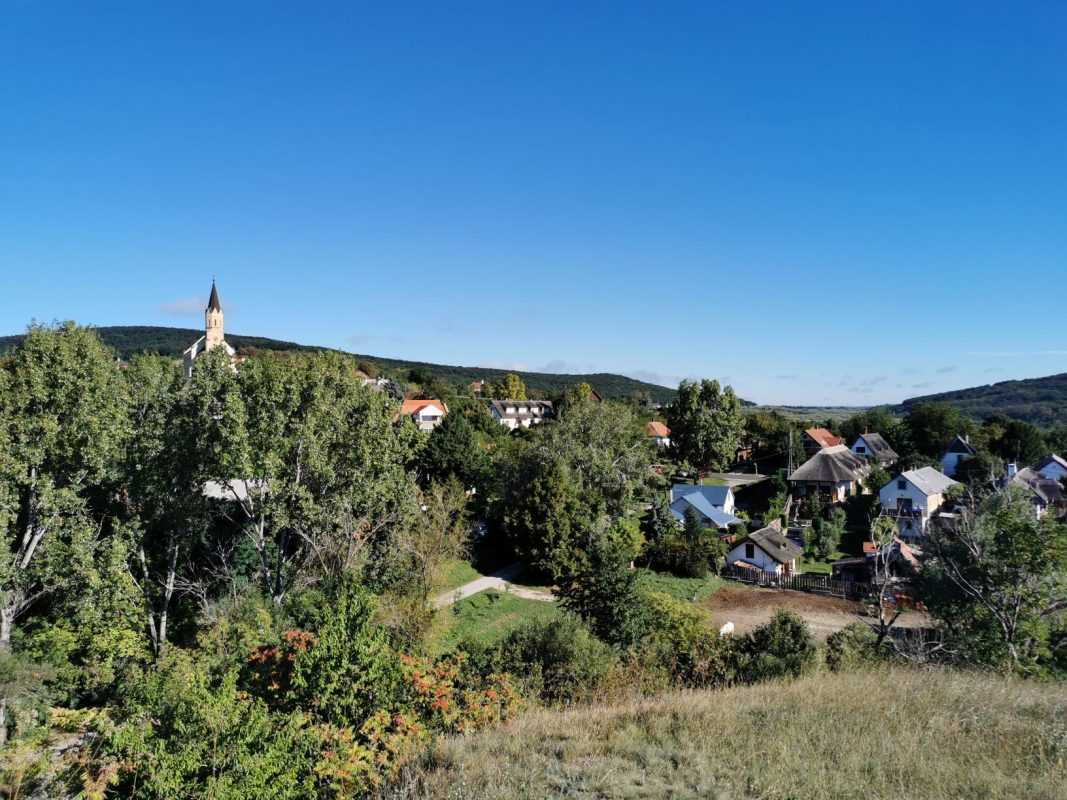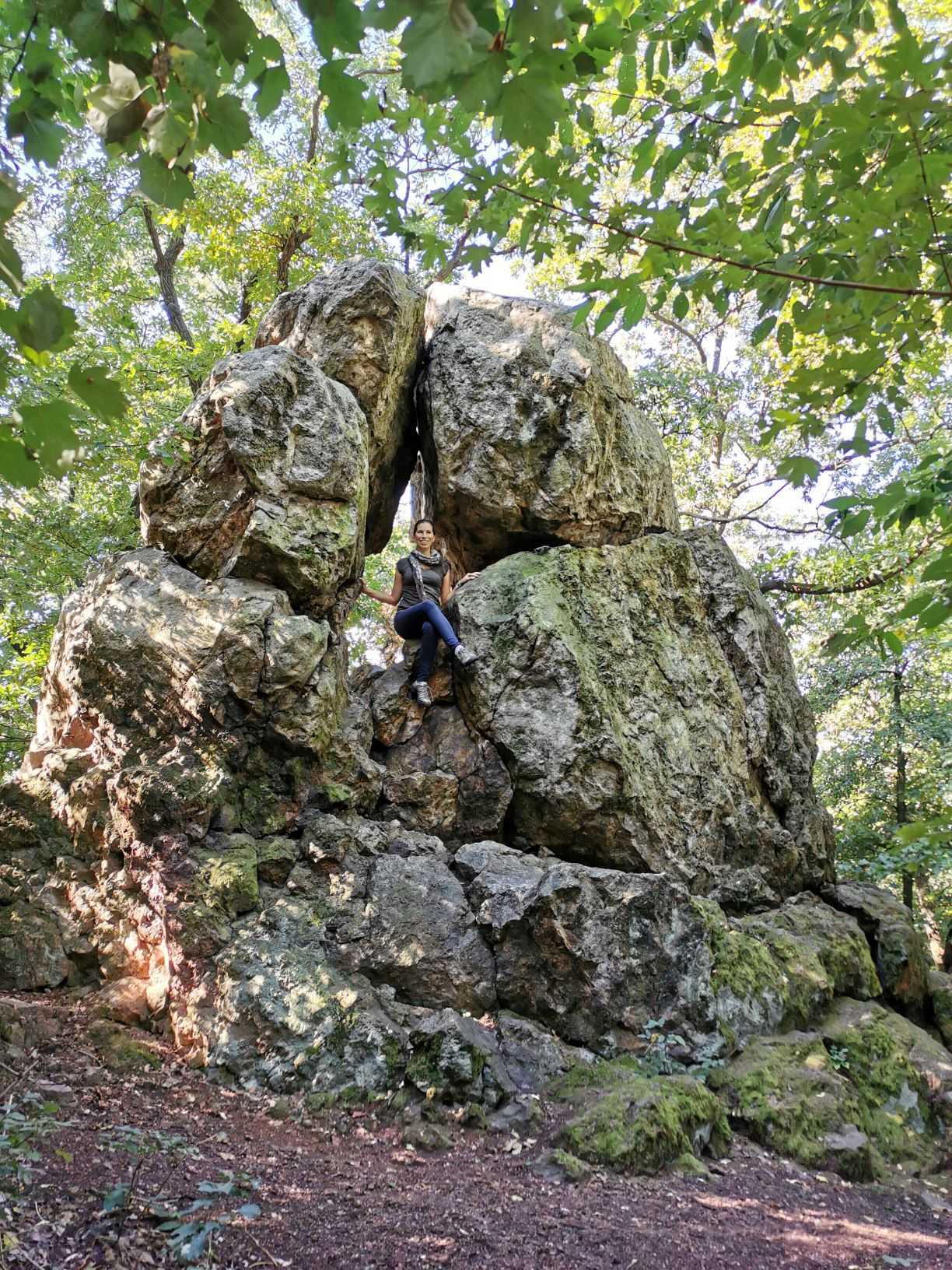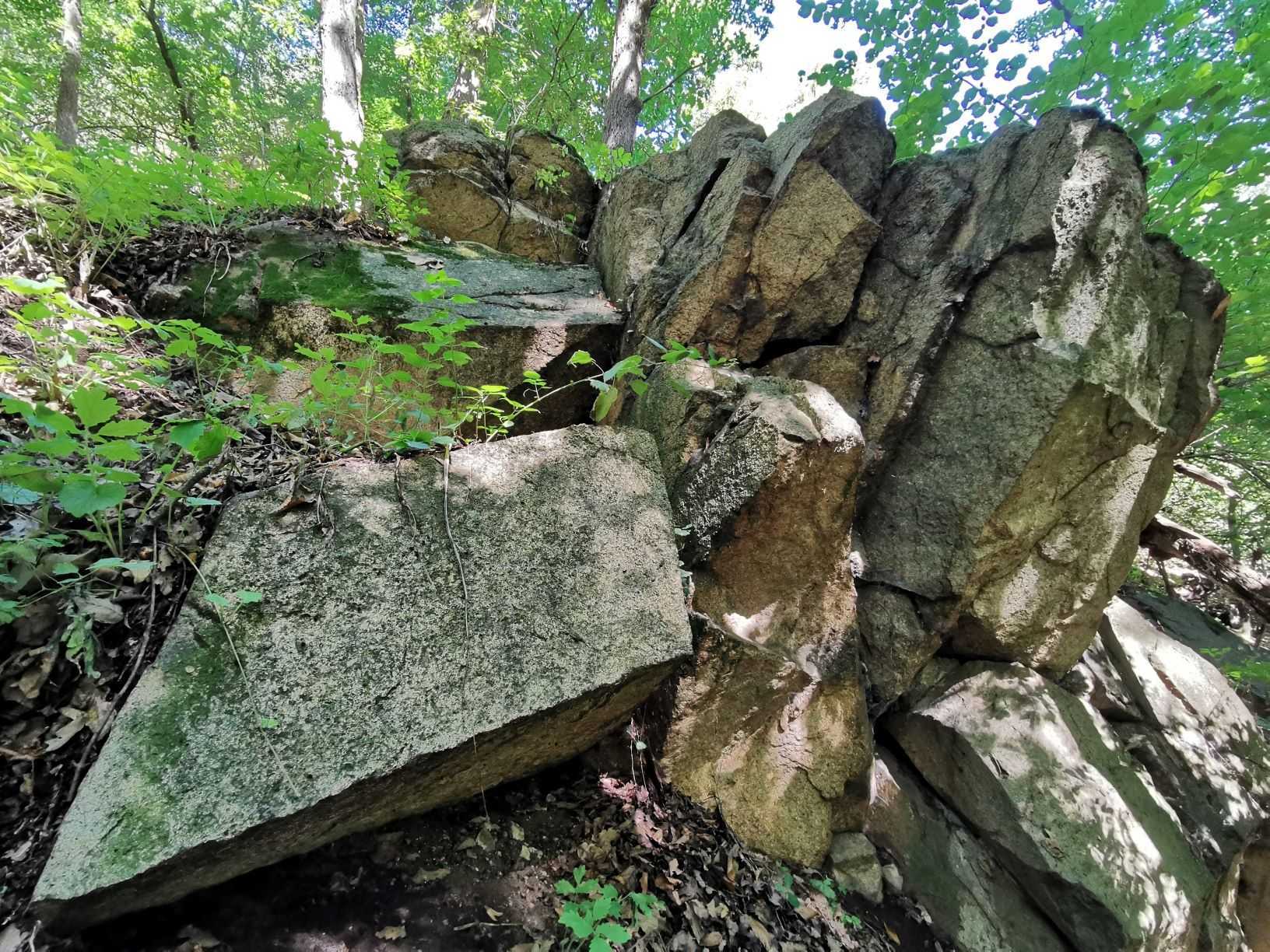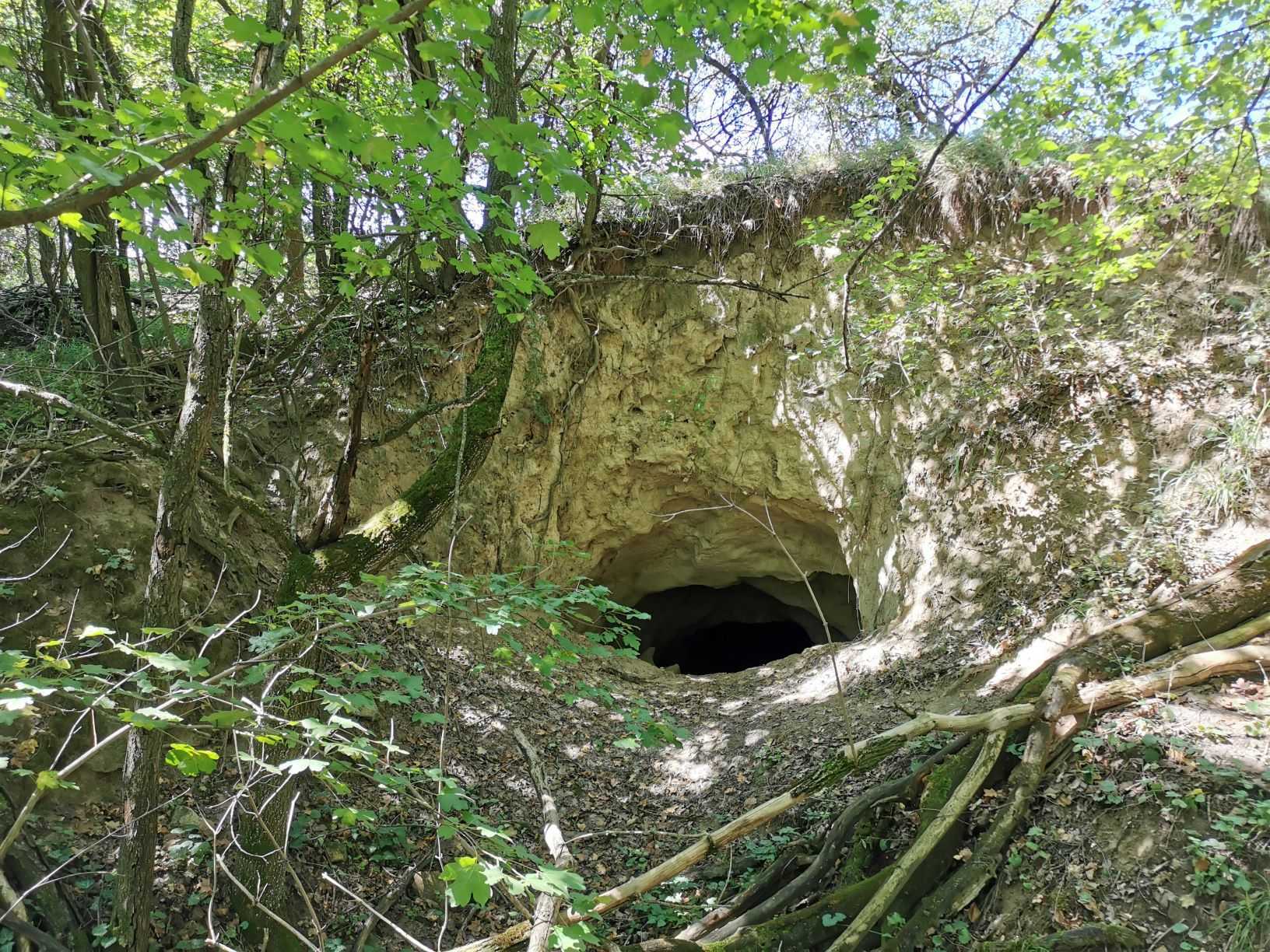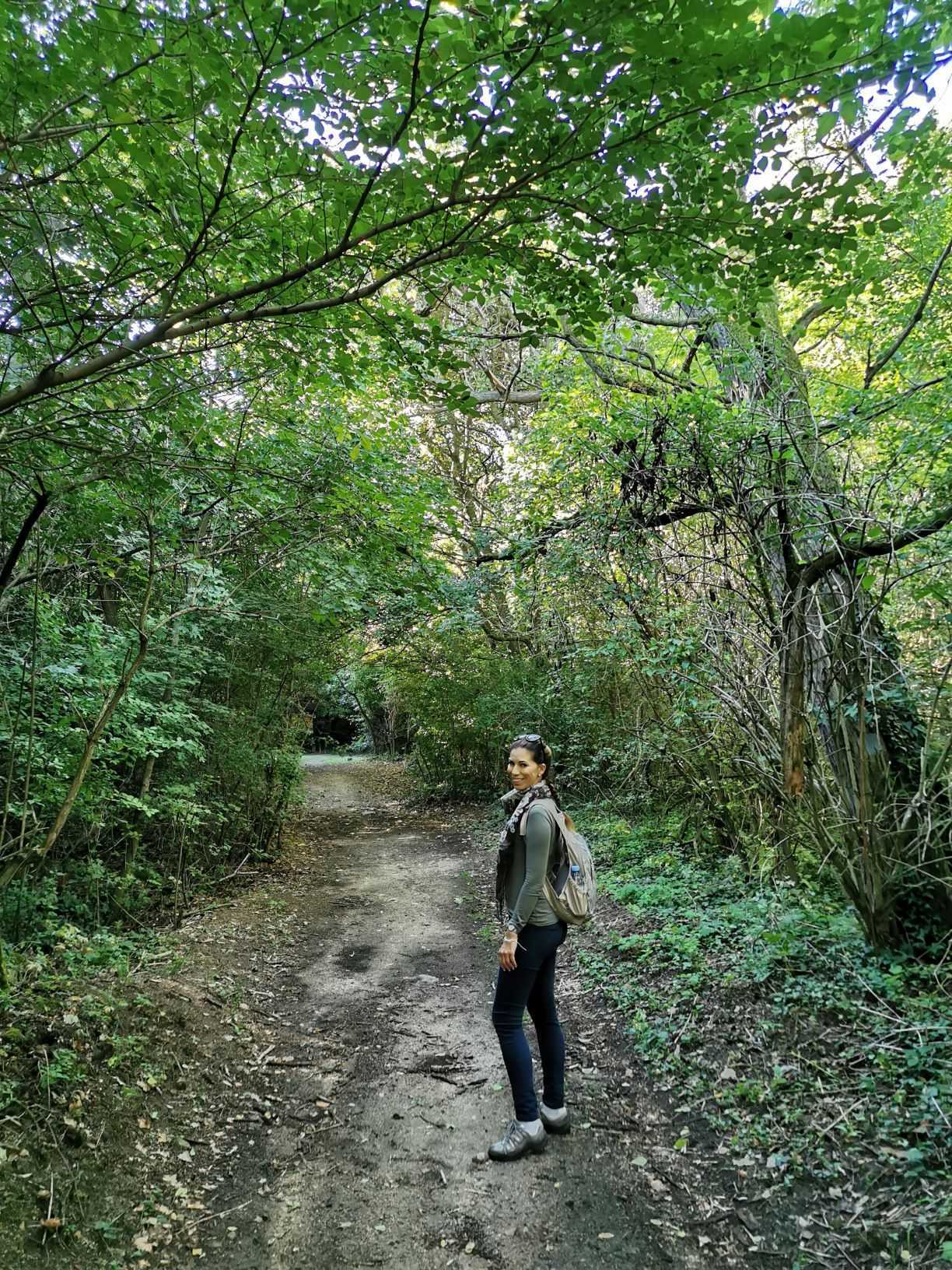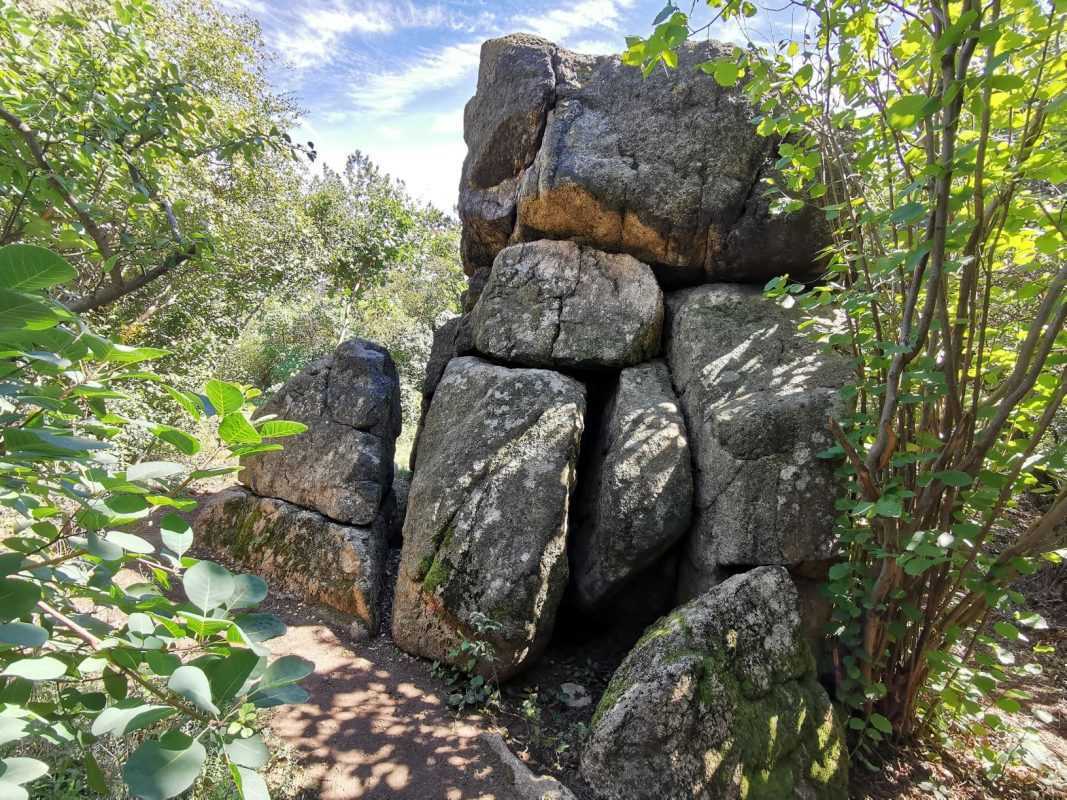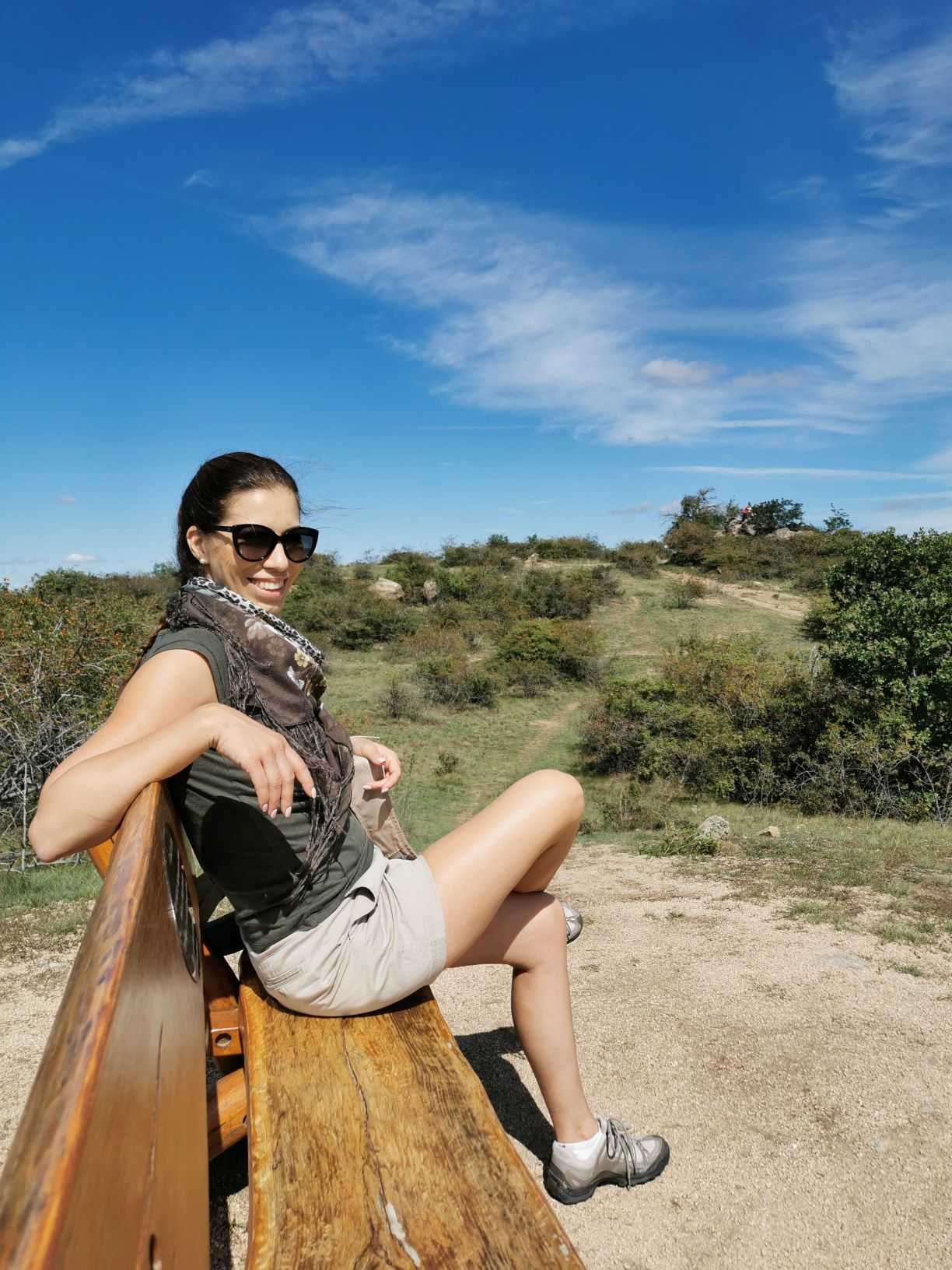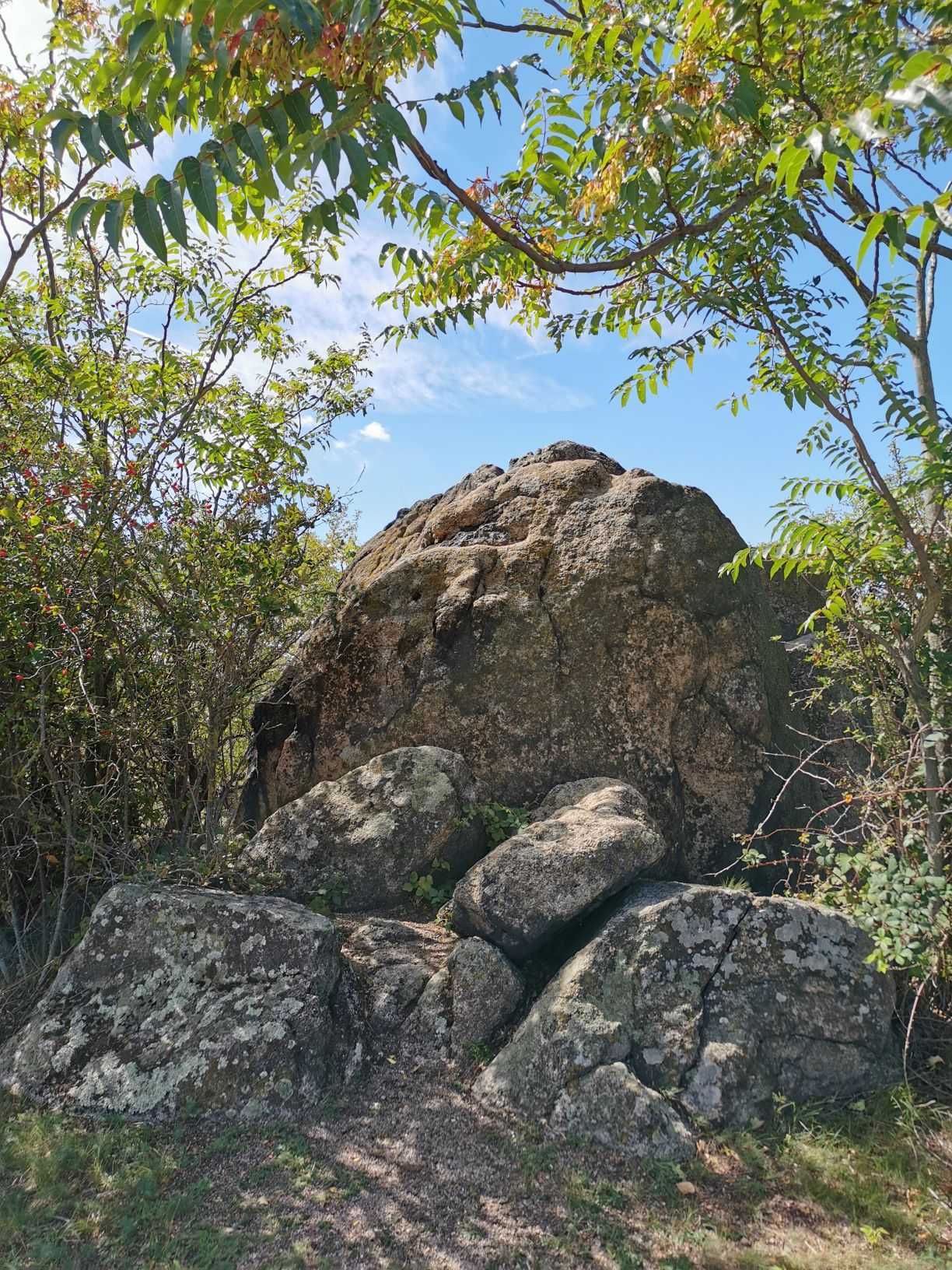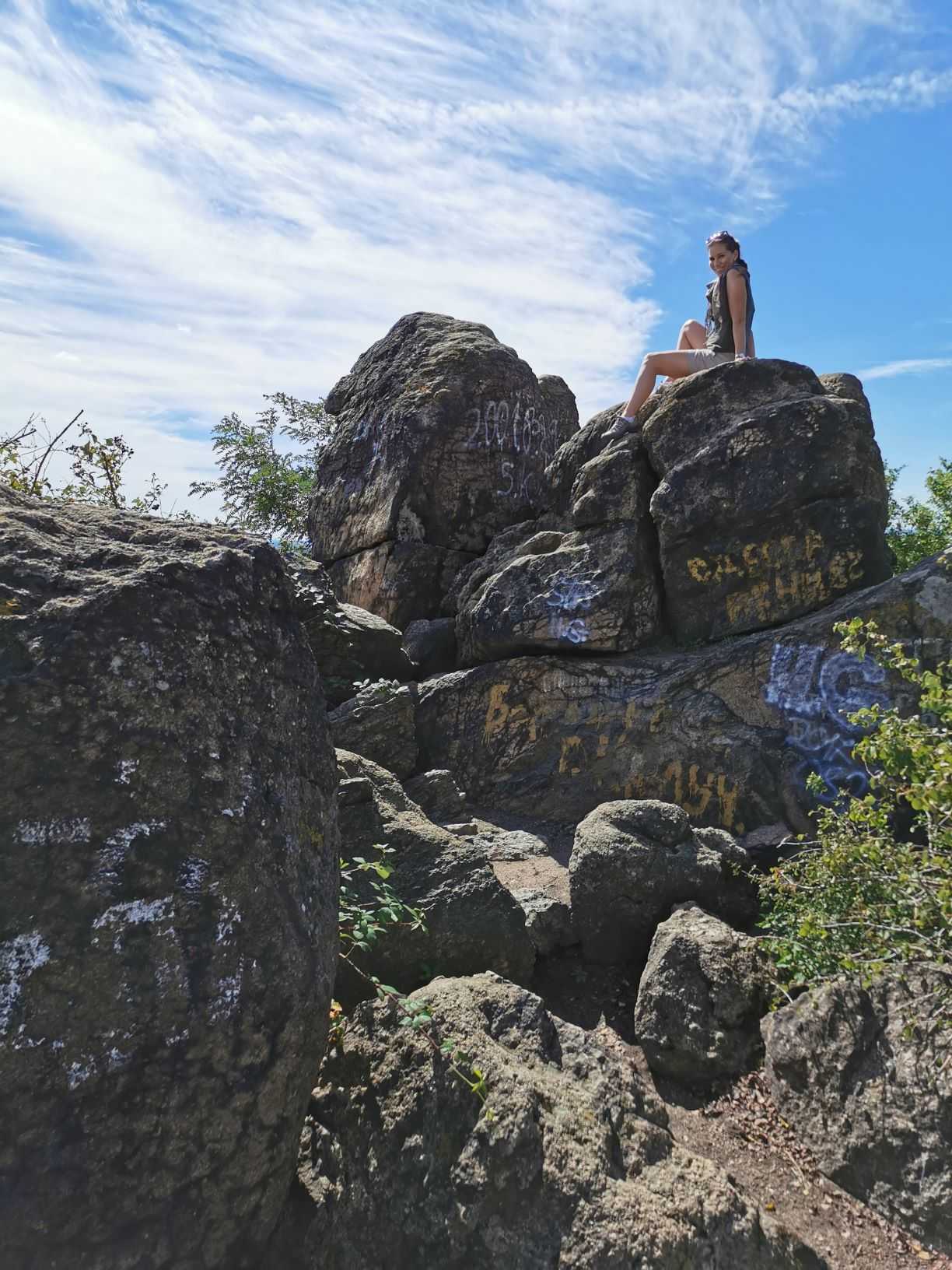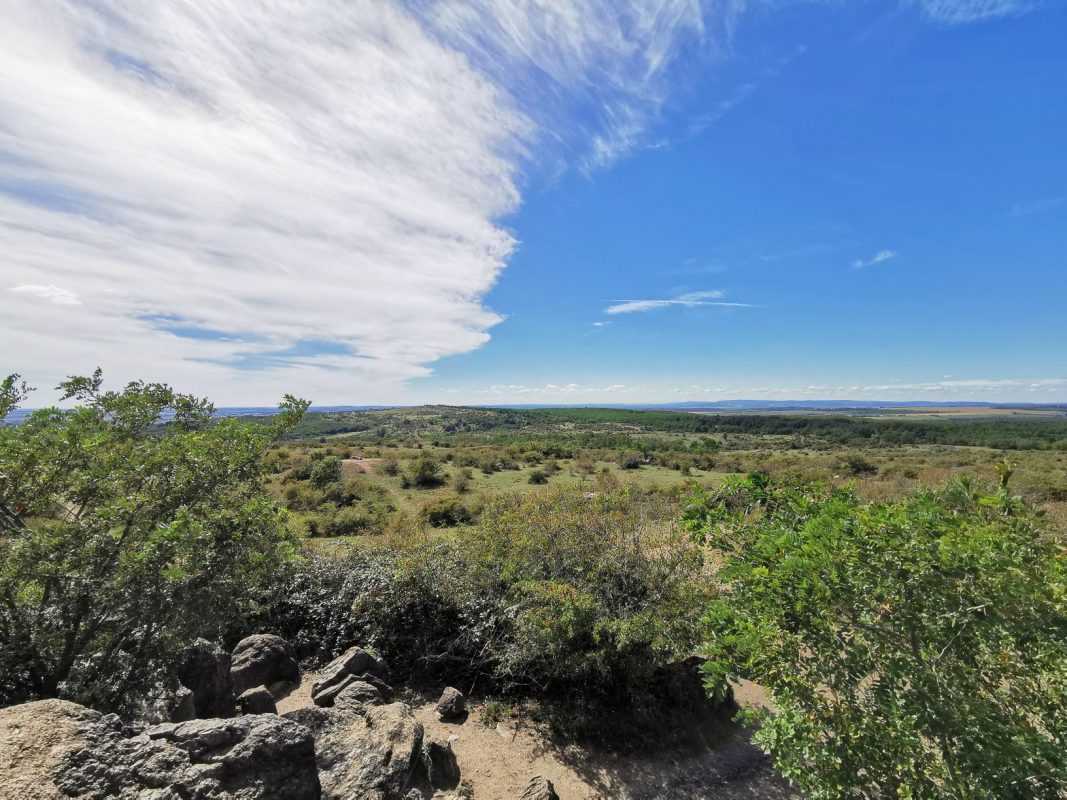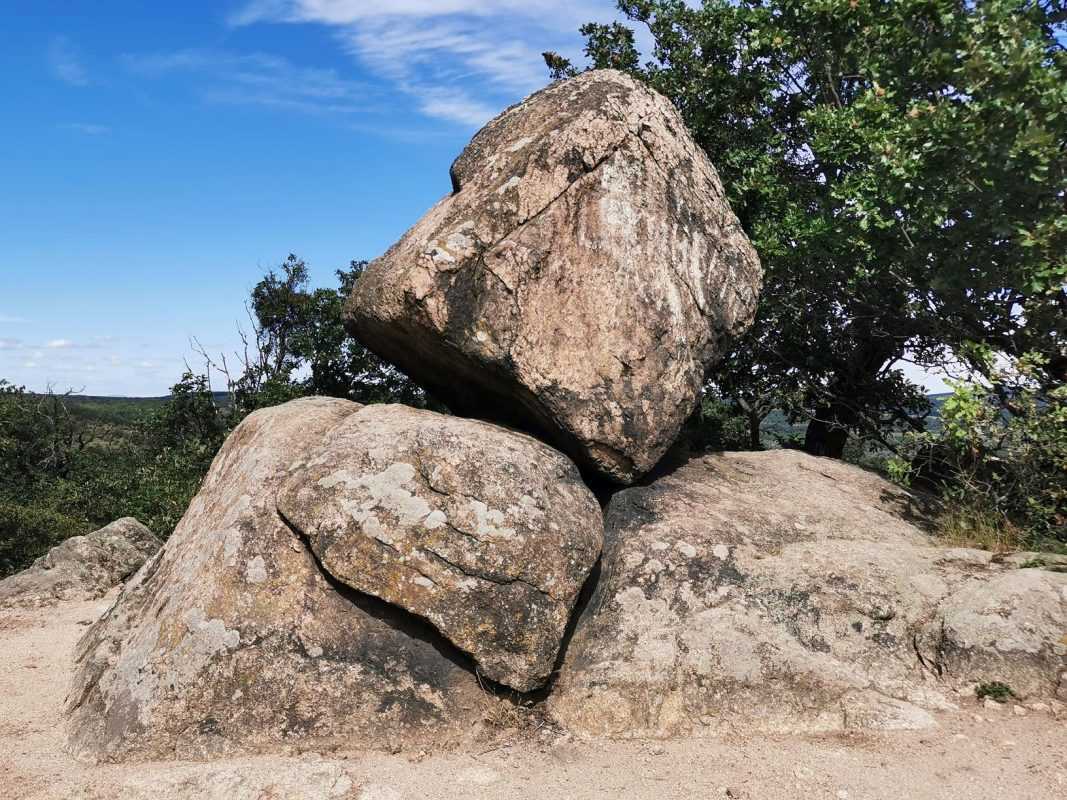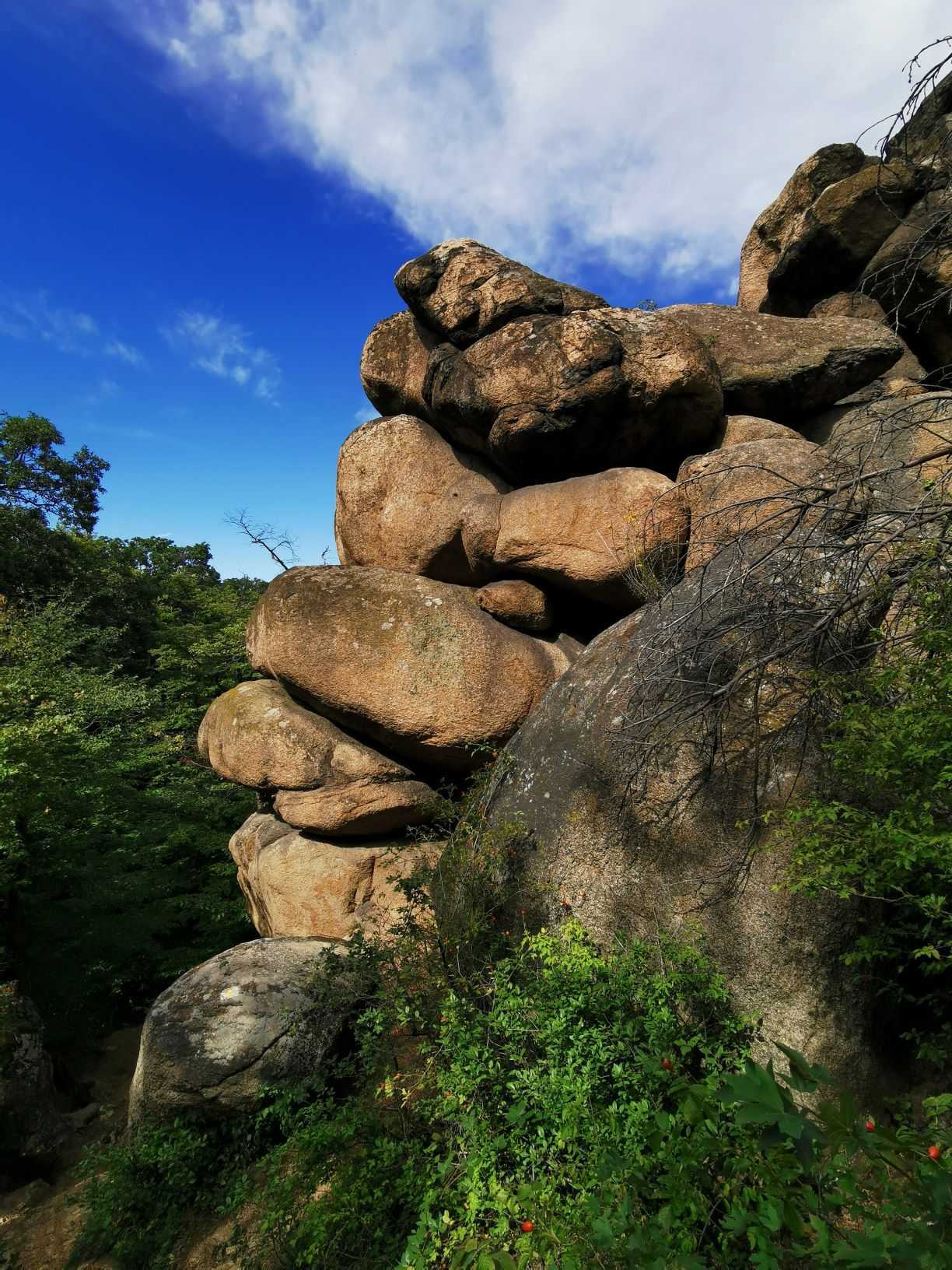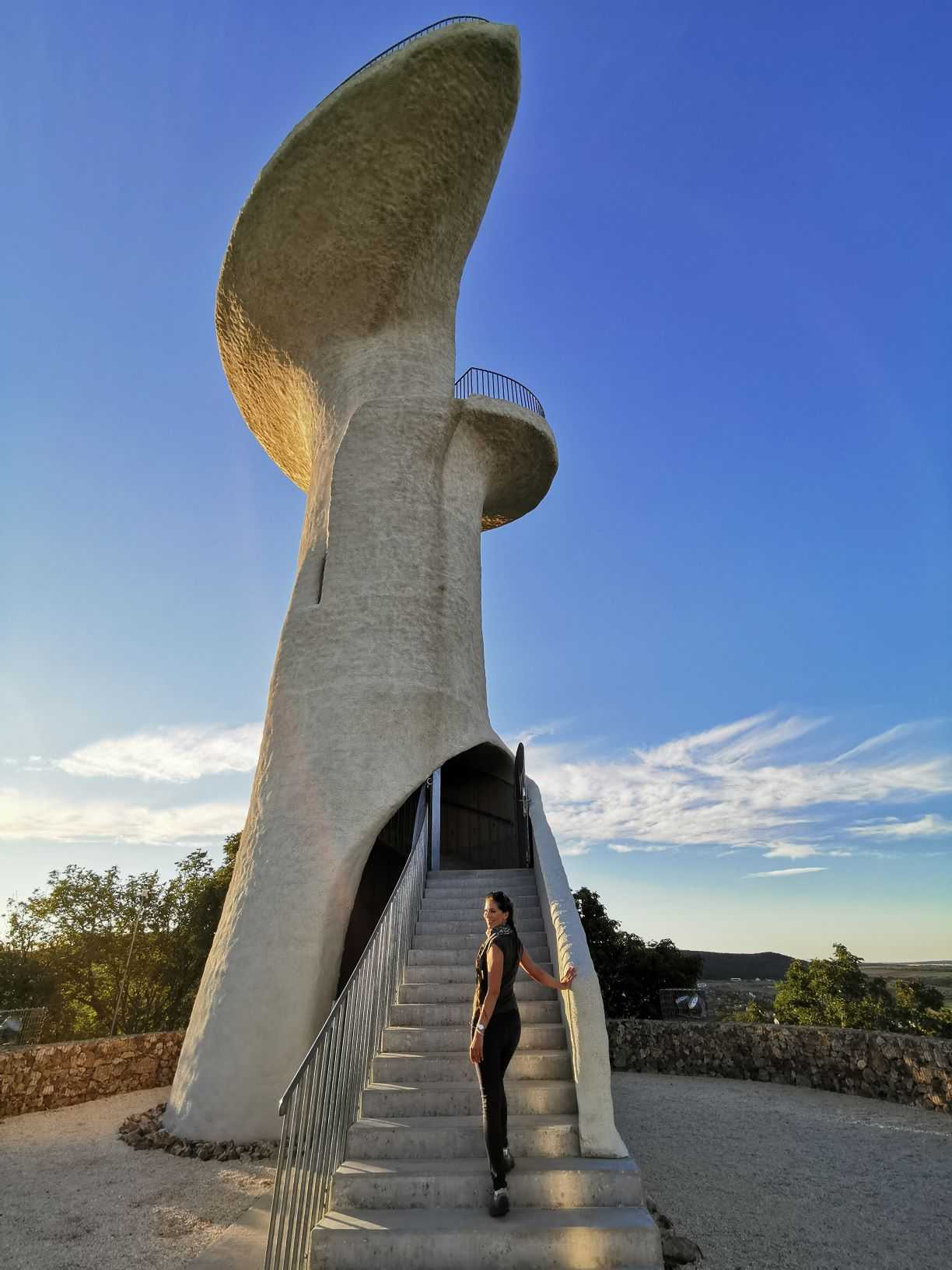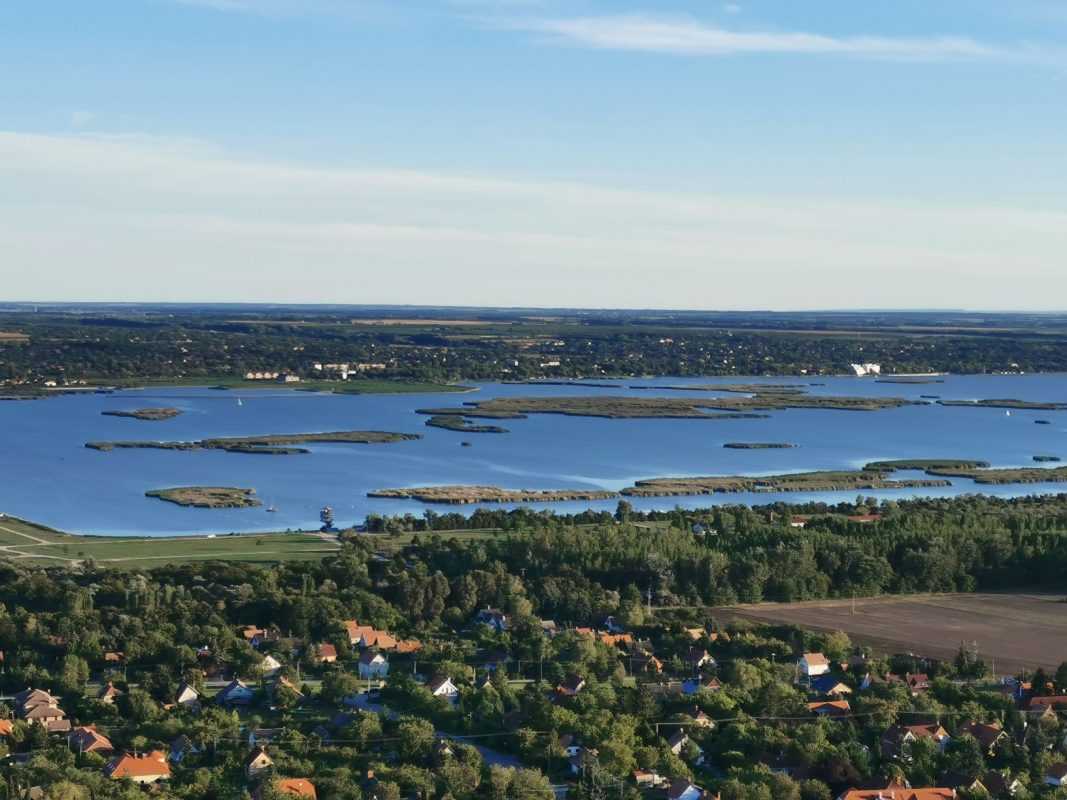The Velence Mountains have many special attractions, including balanced rocks, which are a rarity at the European level. The stones, arranged in strange formations, appear to have been tossed all over by a giant, and then, tired of the game, he moved on. Although it sounds like a legend, these rare formations actually praise the handiwork of nature. The Pákozd balanced rocks are within easy walking distance of Lake Velence and can be an ideal weekend program for the whole family.
Abut the balanced rocks
Let’s start the tour with a detour to know what the balanced rocks are and how they were created. The Velence Mountains are the only one granite-based mountains in Hungary, and at the age of 300 million, they are considered the oldest region in Hungary. Due to tectonic and volcanic movements, clay shale and limestone have been added to the mountain range over time and have been constantly eroded by wind, water and frost. While the softer rocks turned the former mountain giant into a fault block, the hard granite withstood the storms of nature. The rocks separated from each other along the cracks in them, and only their edges rubbed off a little into curvaceous shapes.
In folklore language, they are just called wool bags and have different shapes. Most of the rocks are grouped together and have separate names. The most extraordinary stones only rely on the one below at one point and may look like they’re about to fall. Although they won’t fall over but can move an inch in a stationary position, hence the term balanced rocks. Most of the stones can be seen in one place in Pákozd, but you can also see some in Szentbékkálla, at the highest point of which I climbed.
Hiking route
Since 1951, the Velence Mountains have been under nature protection and belong to the municipalities of Pákozd and Sukoró. If you just want to see the stones, it is worth starting from Pákozd on the Granite Trail, which means a 7 km tour and includes all rock formations. But if you’re interested in the natural world and other attractions in Velence Mountains, let’s go for a bigger tour. I started the 22 km tour from Nadap and returned back there too with a roundtrip. You can’t fill up your bottle with water on the way, so it is worth preparing for that in advance. Though the forest offers small bites such as blackberries, rosehips in autumn.
Attractions
Old Leveling Stone
In Nadap, right after the parking lot, you find one of the most important points of cartography and architecture, the old leveling stone. In 1875, this location was defined as the reference point for measuring altitude together with 7 other reference points in Europe. This point of Hungary has been referred to because the Velence Mountains are the most stable form of the Carpathian Basin, thanks to the granite foundation mentioned earlier. There are two leveling stones on Nadap: the first was used to determine altitudes compared to the Adriatic Sea until 1960, while the second was based on the level of the Baltic Sea.
Likas Stone
The highest point of the tour is the 352-meter Meleg Mountain, with two towers at the top. While I was there, I went up to have a look, but it’s not worth it. There is nothing more to see from above than from other points of the tour, and the towers are closed. Instead of hiking up the Meleg Mountain let’s continue the journey towards the Likas Stone, which belongs to Sukoró as a solitary balanced rock and is less well known than his companions in Pákozd. The stone is impressive for a visual point of view, and you can sit in the middle and take good photos. I’ve spent nearly 10 minutes here.
Bodza Valley
Leaving the great pasture, the road continues through the forest, which hides a valley of strange beauty. One side of the road is called the Elderberry, while the other is called Hurka, and their common denominator is the huge blocks of rock, which hide a dry river bed. The water comes from the Angelika spring, which was almost completely run dry when I walked there. According to locals, in the spring the whole valley was crossed by watercourses and was a beautiful sight. For me, the place looked even nice in autumn and we found a small yellow soil cave in the valley too. Unfortunately, I haven’t seen bee-eaters, these colorful birds that tend to put her nest in the loess. The valley also hides an old hillfort, which is called Pákozdvár, and there is another cave in the fortification. I didn’t climb there however I mention both in this post if anyone wants to see them.
Balances rocks of Pákozd
The first stone we encountered on our journey was the Mushroom Stone (Gomba-kő). The rock ensemble is high in the embrace of trees and it’s hard enough to take a good photo of it. In its shape, it does look like a mushroom with a hat from a certain angle, but it’s not the most spectacular stone formation.
Likewise, the rock called Little Bread (Kis-Cipó) did not particularly beat my heart, and I was getting disappointed that it was a pity to walk 10 km. Then we came to the Pagan Stones (Pogány-kövek), which are not only much larger than the previous ones but also offer panoramic views of Lake Velence from the top.
The rock giant of Pagan Stones can be distinguished from other balanced rocks due to their colorful graffiti surface decorated by Cyrillic inscriptions. Most of them arose before 1991 when Soviet soldiers practiced in the field here and left behind this “legacy”. I believe that in time they will wear off and the stones will no longer be pagans because these decorations look pretty ugly on the rocks.
After a few minutes’ walk, you find yourselves in the Cube (Kocka) formation, which is clear where its name came from. The geometric granite block floats almost in the air and at first, it seems absolutely incredible that it doesn’t fall over. I tried to move it out of its seat, of course, as I guess all visitors who come here tried it before me, but the Cube rock didn’t move a step.
Leaving Lion’s Rock (Oroszlány-szikla), which has been completely overgrown by nature, the road turns to the forest. Even though I knew there was one more balanced rock left, I didn’t expect anything extra. Well, I pretty dropped my teeth when I saw the Pandúr stones. The spherical, stacked cliffs offer stunning views and are the same as a multi-story house. They say you can climb them, but I’d be wary of that. On the one hand, there is no handrail to conquer the stone giants, and on the other hand, there is just enough excitement to come down the extremely steep and crumbly slope, which I did not get away with without abrasions. Let us make the descent with due care, especially after rain, as the stone fragments carried on the rocks are extremely slippery.
Lake Velence views
Returning through the Hurka Valley to the parking lot in Nadap, after 20 km walk, we continued the tour rather by car. We finished the day at the snow-white flower lookout of Lake Velence, at the Bence Mountain. The tower, which was opened in 2018, stands on the picturesque Bence Mountain and has 118 steps to its observation terrace. In clear weather, you can admire not only Lake Velence but also the Buda Mountains further away, the Vértes, and even the Bakony. Opinions about its shape are divided: some see it as a flower, others see it as a windblown tree, but the snakehead and petals are not far from the truth. Whether in combination with the balanced rocks or independently, I would definitely recommend visiting this place.


